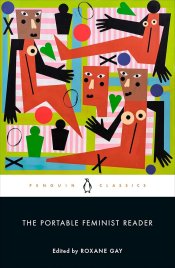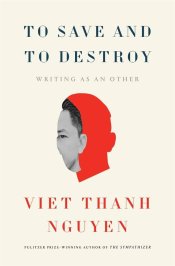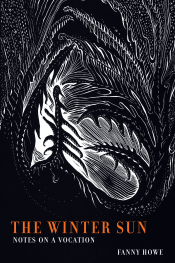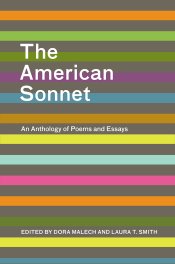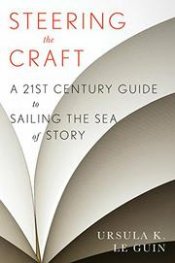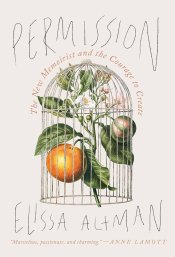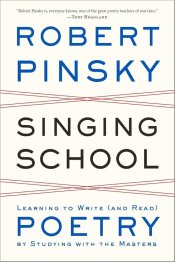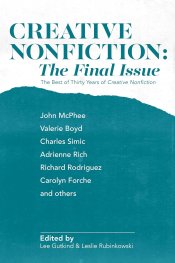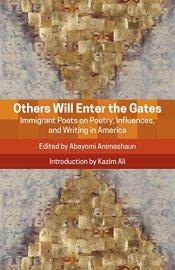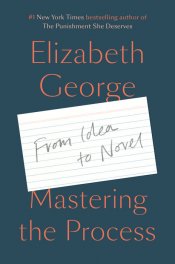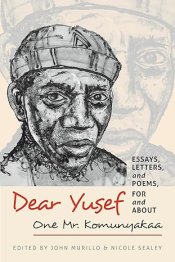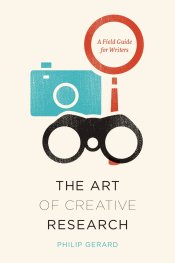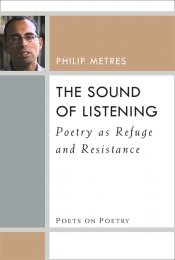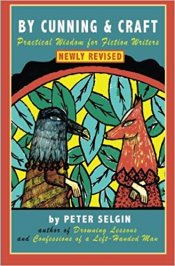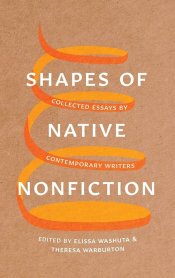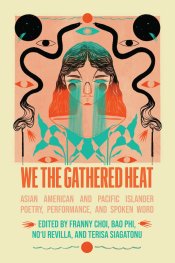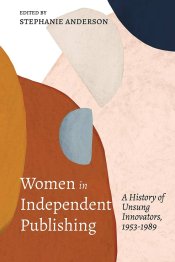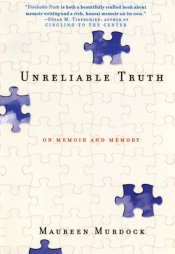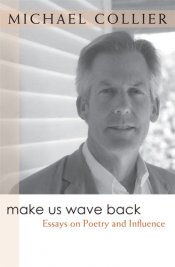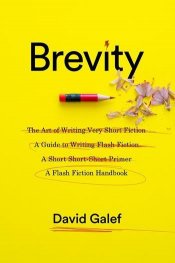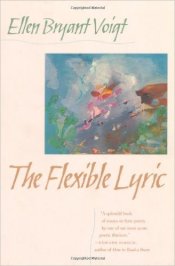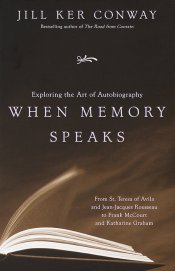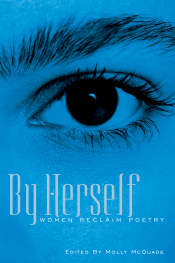Poetry as Survival
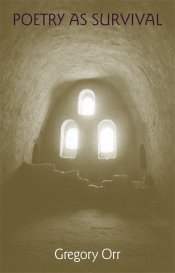
In this craft book, poet and professor Gregory Orr offers an in-depth analysis and meditation on the time-tested ways in which reading, writing, and listening to lyric poetry can be instrumental in processing, healing, and transcending trauma and suffering. Orr selects examples and anecdotes from ancient Chinese, Egyptian, Inuit, and Japanese cultures, and brings in the work of poets—such as Emily Dickinson, Stanley Kunitz, D. H. Lawrence, Sylvia Plath, Walt Whitman, and Richard Wilbur—to demonstrate the transformative power of the form. “Human culture ‘invented’ or evolved the personal lyric as a means of helping individuals survive the existential crises represented by extremities of subjectivity and also by such outer circumstances as poverty, suffering, pain, illness, violence, or loss of a loved one,” writes Orr in the introduction. “This survival begins when we ‘translate’ our crisis into language.”





